Dr Aslam Inamdar, the orofacial architect and the flag-bearer of digital dentistry from India answers the questions from the readers and the editor to give a glimpse of what he is doing currently and how he plans to take digital dentistry forward in India. Dr Aslam has completed his mastership in Clinical Implantology from Stony Brooks School of Medicine, New York. However, his niche remains Digital Aesthetic Dentistry and Smile Design, where he has trained extensively with Christian Coachman, Florin Kofar and Master Paulo Kano. Apart from being an expert in Digital Smile Design, Dr Aslam is the first Diplomat from India in Skin CAD-CAM and also in Natural Restorations. Currently, he is the only dentist from Asia to pursue Diploma in Digital Dentistry from JSI Institute, Spain. In the past few years, Dr Aslam has made multiple international visits (USA, Romania, Spain, Brazil, South Korea) to upgrade his knowledge in the fields of implant dentistry and digital dentistry. Dr Aslam has founded Rich Smile education, digital planning solution and distribution to help the dental practitioners to raise the standards of their esthetic dentistry practice and also to raise the bar of digital dentistry in India.
What is Digital Dentistry? A few digital devices, gadgets and software added to a dental clinic or much beyond that?
That is a good question to start with! In the past decade or so, dentistry has grown by leaps and bounds and there has been a paradigm shift due to newer advances in technology and materials. Although digital dentistry tools to capture patient data, diagnose, plan as well as related CAD-CAM tools are freely available, one needs to be thorough with their clinical dentistry protocols. Although there is no dearth of digital tools and software available to a practising dentist, a good workflow is of utmost importance. Only then can digital tools and software aid in delivering faster, better, predictable and more importantly repeatable restorations to the patients. To conclude, merely amassing gadgets and software is not digital dentistry. Rather it is the clinical application of these tools and investment of time to learn how to make optimal use of these in the best interest of our patients.
You have established yourself as a flagbearer of digital dentistry in India, with so many digital dentistry concepts being implemented in your clinic. How did your journey start?
Thank you for the compliment. With great power comes great responsibility, and I constantly aspire to do justice to the best of my abilities. I am well aware of many of my hardworking colleagues who work with great passion in this field and are doing great. I graduated from Nair Hospital Dental College in 2001. Coming from a humble background I had to work different jobs as an associate dentist until I started my own clinic with my wife in 2003. Since my college days, I have dreamt of creating natural smiles for my patients. I struggled for about 10 years just like any other dentist in Mumbai city, but I cherished a dream and a passion to excel.
In 2012, I came across Dr Rajiv Verma who introduced DSD through Dr Christian Coachman in India. The first DSD course in Goa 2012 was a mesmerising experience for me. My dream of doing some of the best work saw a light at the end of the tunnel.
You started off with DSD. What were the other things you started along the same lines?
Soon after doing my basic DSD and DSD Residency with Dr Christian Coachman at Spain and in Brazil, I realised I needed to learn more in the field of CAD-CAM dentistry to be self-dependent in terms of the entire digital workflow and the journey still continues. I personally believe there is much more to explore.
I learnt the RAW protocol from Florin Cofar in Romania, new SKIN and 3D natural staining from master Paulo Kano, 3D staining for zirconia from Changhwan Kim, digital expert protocols from Jacobo Somoza, Spain.
You are the only one, I have seen, who uses the term Orofacial Architect. How is an Orofacial Architect different from a prosthetic or restorative dentist?
The term Orofacial Architect was coined by Christian Coachman. I liked it very much. I believe dentistry today is more than just being a dentist fixing issues related to teeth. We all have been taught at universities about the stomatognathic system related to head, face and neck.
Dental issues can have a long-lasting effect on the body as a whole. Every expert focuses solely on his area of expertise. Our entire focus so far has been to get the biological and functional rehabilitation, mostly giving least importance to esthetics. Even though we deliver, we leave our patients emotionally handicapped.
An orofacial architect like any other architect collects the necessary information in realtime, understands the client desires, uses technology, imagination and his expertise to create 3D miniatures of the proposed plan. This creates harmony between aesthetics and usability of the project.
Similarly, in today's times, the orofacial architect becomes the pilot of the project who starts his plan with maximum aesthetics as a priority and finding a balance between form, function and biology.
Once the aesthetic plan is approved, then the clinical aspect begins in reverse order. Thus giving importance to biology, form, function and completed with a possible and desired level of aesthetics by the patient in the plan.
This way we address the often neglected aspect of dentistry- the emotional dentistry!
Tell us how digital dentistry has completely changed the evaluation, treatment and patient experience in your practice. Which is the commonest treatment modality that has undergone complete transformation because of digital dentistry?
There is no particular digital treatment modality as such I can say but it's the whole philosophy of digital dentistry. It begins with DSD treatment planning in 2D which comes from Christian Coachman. As and when we look after chief complaint and basic hygiene of the patient and we see slightest opportunity to serve a patient with better treatment outcomes we do the photo -video protocol, intraoral scanning if required CBCT and convert all this data to make patients digital clone. After this DSD 2D planning is done. This helps us to find the gaps from patients current situation to the final best possible aesthetic outcome of treatment. Again our team as per the expertise will look into possible difficulties and how to reach for the dream smile with minimally invasive dentistry while maintaining Biology and function. A 3 D printed digital mock-up based on Natural Restorations is created to provide for TEST DRIVE and seek patient acceptance. This is a somewhat normal routine we follow.
This method has set us different from the routine dental practice and patients love the fact that before actually committing for treatment a final look test is done and a lot of options regarding choice of materials and related things is discussed. This helps them understand the benefits and the value of financial investments into dental health as per their choice. We believe this is a more ethical, patient-centric approach while providing holistic dentistry.
If you want to see how these tools and devices are used and integrated with various concepts, read my article published in an earlier issue of Dental Tribune South Asia. Click here to read how the entire digital workflow has been simplified into six steps.
What is the difference between intraoral scanning, PVS and lab scanning?
Technically, an intraoral scanner scans up to 5 microns accuracy and many lab scanners do scan to similar levels. Most labs convert PVS impressions to digital workflow though lab scanners to create prostheses. The errors of PVS impression do get copied by the lab scanners and then the entire workflow gets those flaws. An intraoral scanner gives us a chance to correct the errors instantly, saves the time of physical transfer. Another biggest advantage of an intraoral scanner, in my opinion, is its ability to scan a bite and preserve it all through the case completion phase so that it is available to be reused whenever there is a change in the treatment plan. This possibility itself is responsible for bringing out a lot many innovations in digital dentistry which is not possible with lab scanners.
How to communicate with a Digital Lab?
It is necessary to develop a synergy between clinical digital tools and laboratory digital tools. It is easier for those big practices who invest for in-house use, but if you are outsourcing then you should visit the lab and understand the tools and software that your technicians are using. Understand the requirements and limitations from a laboratory perspective. Digital Dentistry is growing by leaps and bounds so frequent interactions with each other is very important.
We have heard about your Natural Anatomical Shape Restorations. It simply sounds like Biomimetic Dentistry to me. Is it the same?
No, it is not! Biomimetic dentistry is an attempt at trying to copy nature, while Natural Restoration is the exact copy and recreation of Natural teeth shape, surface morphology in monolithic restorations.
The natural shape, and morphology form the basic essence of dental white aesthetics! Thanks to Master Paulo Kano and his philosophy of New Skin which got further developed into 100% digital workflow now we call it as Natural Restorations. So I don't call it Biomimetic dentistry. I call it Copy-Paste dentistry because it duplicates nature precisely.
Coming to the other concept: what exactly is the Injected Smile concept?
This is a very fast, repeatable, predictable and economical way to restore teeth and smiles. It can be used as interim restoration or in certain cases as a long term solution too.
We use DSD 2D planning followed by 3D digital wax-up and print 3D models. Clear silicone indices are made and these indices can be used to build a predictable composite. At the end inject bulk flowable composites. This gives exact natural shape and morphology without the need for the dentist to spend unnecessary clinical time sculpting to mimic nature.
What is the downside of Digital Dentistry?
I don't see any downside of digital dentistry. As and when you embrace it and cover the learning curve, you will feel it's the Golden era of Dentistry. Of course, you will feel the cost of investment is higher initially, and a beginner may be overwhelmed by the sheer number of tools available and their workflows. However, one can find out better ways to workaround manage this.
How difficult or easy is the learning curve in Digital Dentistry? How was it for you?
It will depend upon one's digital literacy and clinical experience to implement the digital workflow in practice.
For me, I was so much digitally ignorant that I didn't know what powerpoint was and how to use it when I attempted my first DSD course in 2012 with Christian Coachman. Again DSLR camera was never heard of by me. It took me an entire one year to understand DSD philosophy and do my own treatment planning using powerpoint software. It was difficult to find time from routine busy practice. But I pursued against all difficulties and thanks to Dr Rajiv Varma who pushed hard for me. Next hurdle after learning to plan 2 D DSD was to make it understand the interdisciplinary team which hardly existed in those years for me. The final analogue wax-up was again dependent on technicians understanding and expertise.
I worked with the DSD concept with great difficulty initially due to various obstacles like technicians having difficulty implementing it. I learned computers better and DSLR photography and kept myself updated in CAD-CAM dentistry from many other mentors and reputed institutes globally. I have consistently kept myself updated in learning and implementing the digital protocols and invested accordingly in relevant CAD-CAM tools. My wife and associate dentists and my teams at both clinics have been a great support throughout.
I pursued my answers in 3D CAD-CAM world and visited many other countries and mentors like Florin Cofar, Paulo Kano, Jacobo Somoza and likewise many others. The journey still continues and I am enjoying every bit of it. Persistence is the key to get through.
What advice will you give to youngsters who are eager to incorporate Digital Dentistry in their practice but have cost concerns? How can they start small and cut costs?
Haha... This question suddenly makes me wonder am I so old..!
Ok, then let's change the word from youngsters to beginners. What would be your advice to them?
I consider myself still a novice in the game of dentistry!! For dentists who have a stable dental practice, my advice is digital dentistry is here to stay. Whenever you feel you are ready, start investing slowly in digital equipment, but spend more time on gaining knowledge on digital workflows and the clinical integration. Start with digital documentation of your work which doesn't cost much. Move out of comfort zone and develop a new (digital) culture in your practice.
What would be your advice to the ambitious fresh graduates who are looking for quality higher education, not only digital dentistry but any type of higher education?
My advice to the beginners would be not to look for quick returns as soon as you graduate. The focus for early 3 to 5 years should be on gathering experience. For this one needs to associate with good clinicians and practices, and also help them grow as associates. While doing this, you will automatically learn many things. Keep attending continued dental educations on a timely basis. There are many and it is natural that one gets confused. Follow your subject of passion and gut feeling. Most of the time when I attend such workshops I may learn only one thing but that could drastically change many things for me. Keep changing your mentors as soon as you learned enough from them. No cost-cutting when you have to get an education first. Earn, survive and keep investing back in the profession at least for 10 years. Follow your passion and money follows you at the right time.
So you have followed your passion in digital dentistry. What are the various digital tools and gadgets that you are using in your clinic to apply the concepts and philosophies of digital dentistry?
The most basic thing is documentation for which I have a DSLR camera and related flashlights. Coming to clinical execution, I have 3Shape intraoral scanner, 3Shape dental designer, implant planning software, photon 3D printer, and of course the laptops that support the 3D workflow. Milling is currently outsourced.
If you want to see how these tools and devices are used and integrated with various concepts, read my article published in an earlier issue of Dental Tribune South Asia. Click here to read how the entire digital workflow has been simplified into six steps.
What is a typical digital dentistry day in your clinic Dental studio?
At the moment, in my day to practice with every new patient we collect photos, videos and intraoral scans. After completion of routine dental treatment by the associate dentists, we schedule a test drive. After the test drive if the patient consents, we begin the treatment. In between patients, I practice my learning on software and teach my upcoming team at Rich Smile.
You said Rich Smile. What is it?
Rich Smile is my dream project which will have various verticals mainly clinics, digital design services and digital lab services. The idea is to establish a premium dental practice with all the digital gadgets and workflows under one umbrella providing world-class dentistry.
How is Rich Smile going to raise the standards of dental care in India? How can practitioners become a part of this?
There are a lot of practitioners who do not wish to invest heavily financially or in infrastructure but wish to provide great dentistry to their patients. Rich Smile will provide the digital design, workflows and the lab services to them. As of now, Rich Smile provides consultants to various practices so that they can deliver custom made natural smiles to their patients. Rich Smile education will provide continuing education to the upcoming talent of the country to take the mantle forward.
We at Rich Smile education wish to introduce some methods for ease of planning in terms of esthetic as well as 3D implant planning. To become a part of this, practitioners can click here: http://bit.ly/richsmile and take this survey and tell us their exact requirements.
Tags:
Dentistry is adopting computer technology & newer digital tools in multiple areas, including shade matching to minimize or eliminate human errors.
...
Charles Banh works at Ceramics West Dental Laboratory as a consultant for oral surgeons and is the owner of the Practice Within, which provides specific ...
In preparation for the upcoming Greater New York Dental Meeting (GNYDM) to be held from 25 to 30 November at the Jacob K. Javits Convention Center in New ...
Finally, researchers have succeeded in designing artificial enamel, which seems to have much better mechanical properties compared to natural enamel –...
1. To accelerate AI integration in dental imaging and diagnostics
2. To support local innovation under Make in India and Aatmanirbhar Bharat
3. To enhance ...
In a recent webinar focused on dental impressions in modern dentistry, Dr Pawel Szuba-Paszkiewicz, a dentist with a deep interest in digital ...
This month, Dental Tribune South Asia features an exclusive interview with Dr. Anil Kishen, a globally renowned endodontist and professor with expertise in ...
Toothbrushing has not changed all that much over the last century, and other than the advent of individual flossers, neither has flossing. Inventor and ...
Live webinar
Wed. 14 January 2026
10:30 pm IST (New Delhi)
Dr. Théo Laplane, Dr. Robert Gottlander DDS
Live webinar
Fri. 16 January 2026
10:30 pm IST (New Delhi)
Live webinar
Mon. 19 January 2026
11:30 pm IST (New Delhi)
Philipp Kopp, Michael Seeber
Live webinar
Thu. 22 January 2026
7:30 pm IST (New Delhi)
Prof. Judith Jones D.D.S; M.P.H., Prof. Kakuhiro Fukai D.D.S., Ph.D, Dr. Bathsheba (Bethy) Turton
Live webinar
Fri. 23 January 2026
12:30 am IST (New Delhi)
Dr. Nicola M. Grande DDS, PhD
Live webinar
Wed. 28 January 2026
6:30 pm IST (New Delhi)
Live webinar
Wed. 28 January 2026
9:30 pm IST (New Delhi)
Prof. Dr. Jan-Frederik Güth



 Austria / Österreich
Austria / Österreich
 Bosnia and Herzegovina / Босна и Херцеговина
Bosnia and Herzegovina / Босна и Херцеговина
 Bulgaria / България
Bulgaria / България
 Croatia / Hrvatska
Croatia / Hrvatska
 Czech Republic & Slovakia / Česká republika & Slovensko
Czech Republic & Slovakia / Česká republika & Slovensko
 France / France
France / France
 Germany / Deutschland
Germany / Deutschland
 Greece / ΕΛΛΑΔΑ
Greece / ΕΛΛΑΔΑ
 Hungary / Hungary
Hungary / Hungary
 Italy / Italia
Italy / Italia
 Netherlands / Nederland
Netherlands / Nederland
 Nordic / Nordic
Nordic / Nordic
 Poland / Polska
Poland / Polska
 Portugal / Portugal
Portugal / Portugal
 Romania & Moldova / România & Moldova
Romania & Moldova / România & Moldova
 Slovenia / Slovenija
Slovenia / Slovenija
 Serbia & Montenegro / Србија и Црна Гора
Serbia & Montenegro / Србија и Црна Гора
 Spain / España
Spain / España
 Switzerland / Schweiz
Switzerland / Schweiz
 Turkey / Türkiye
Turkey / Türkiye
 UK & Ireland / UK & Ireland
UK & Ireland / UK & Ireland
 International / International
International / International
 Brazil / Brasil
Brazil / Brasil
 Canada / Canada
Canada / Canada
 Latin America / Latinoamérica
Latin America / Latinoamérica
 USA / USA
USA / USA
 China / 中国
China / 中国
 Pakistan / Pākistān
Pakistan / Pākistān
 Vietnam / Việt Nam
Vietnam / Việt Nam
 ASEAN / ASEAN
ASEAN / ASEAN
 Israel / מְדִינַת יִשְׂרָאֵל
Israel / מְדִינַת יִשְׂרָאֵל
 Algeria, Morocco & Tunisia / الجزائر والمغرب وتونس
Algeria, Morocco & Tunisia / الجزائر والمغرب وتونس
 Middle East / Middle East
Middle East / Middle East
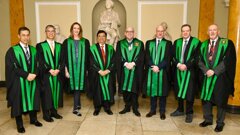
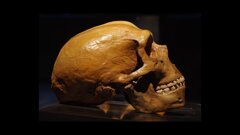

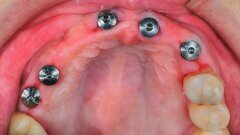
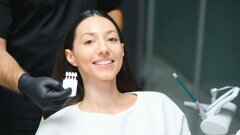


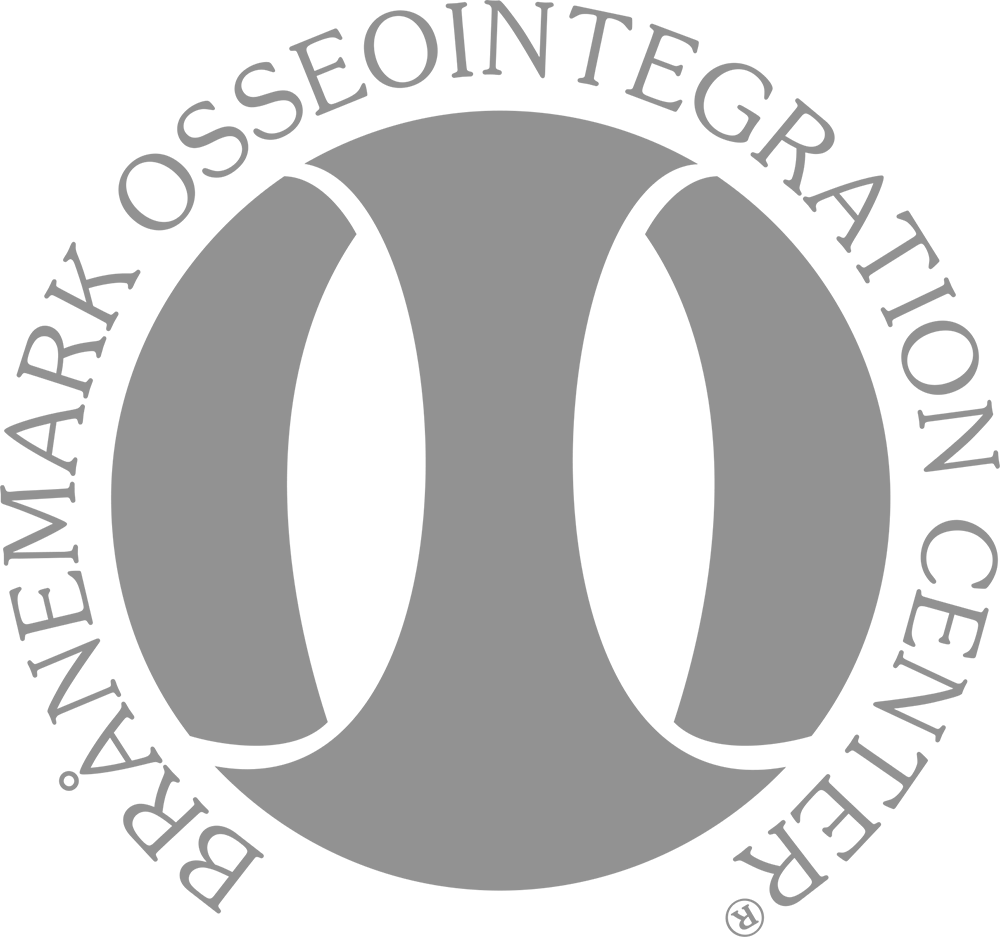

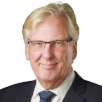



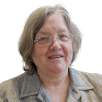
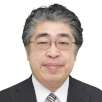
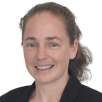

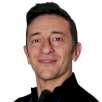












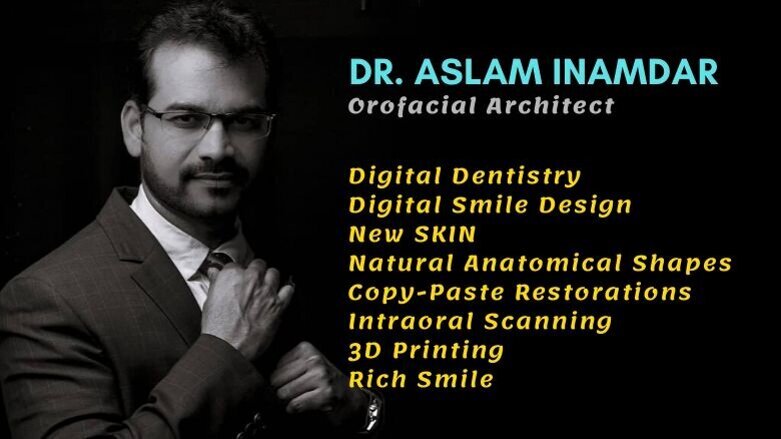


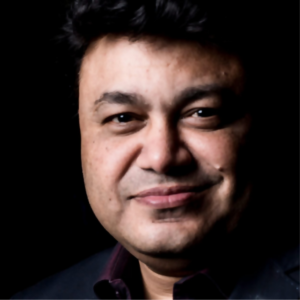

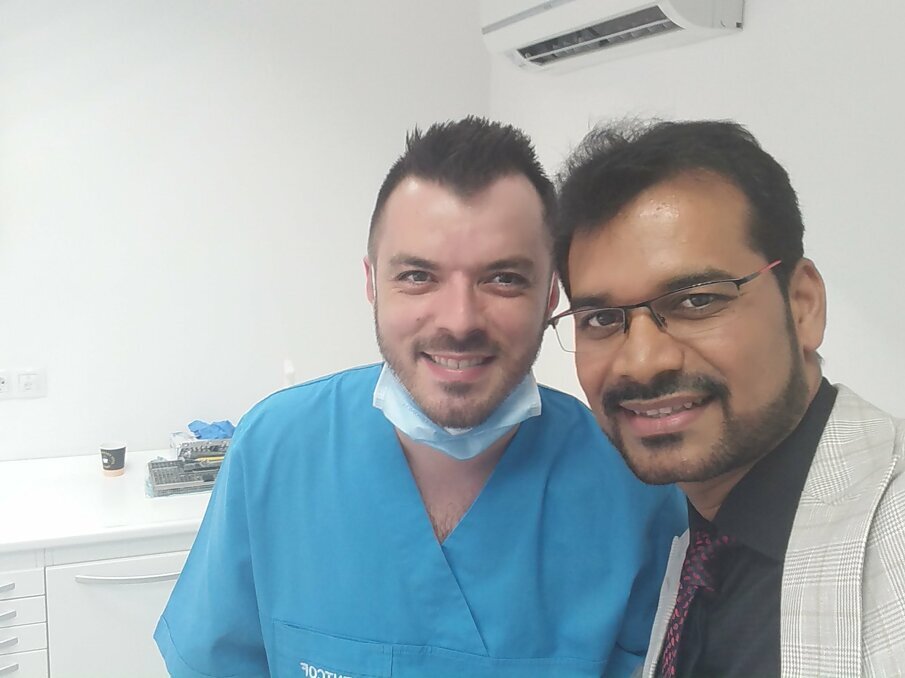
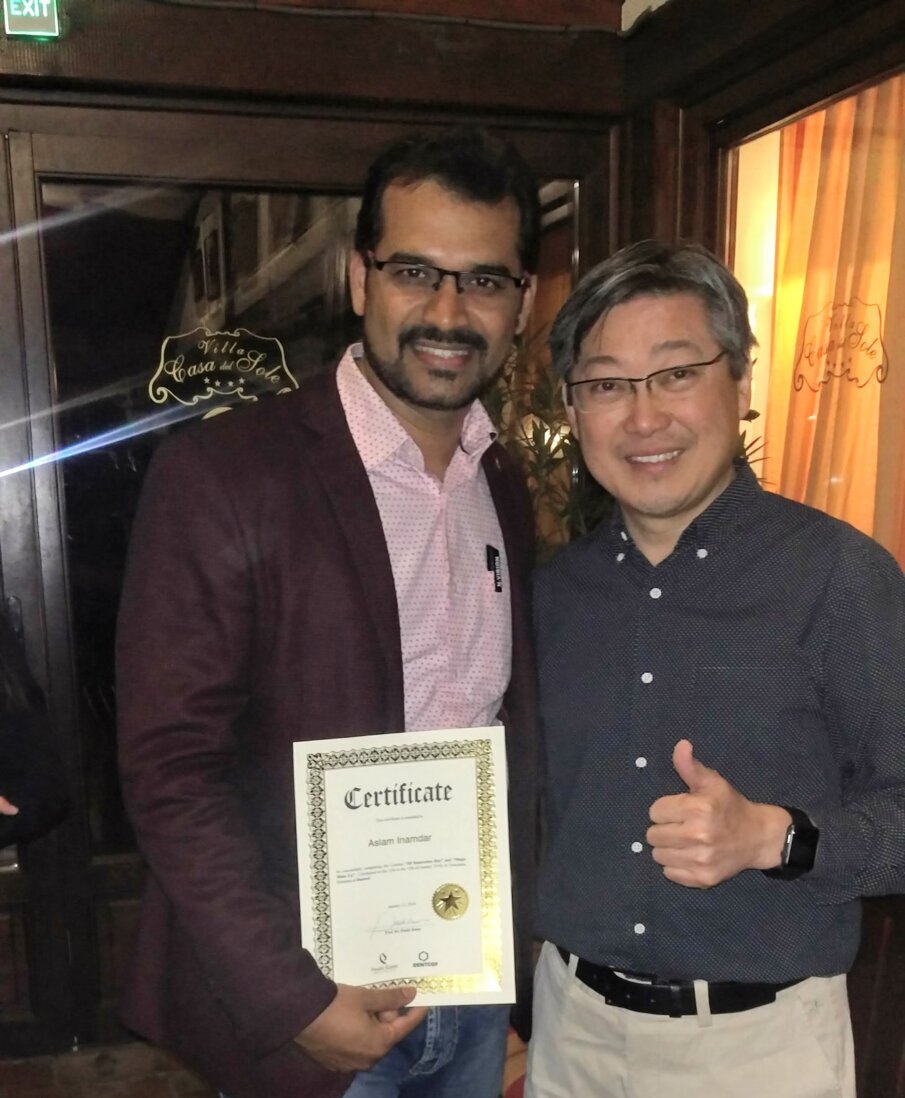

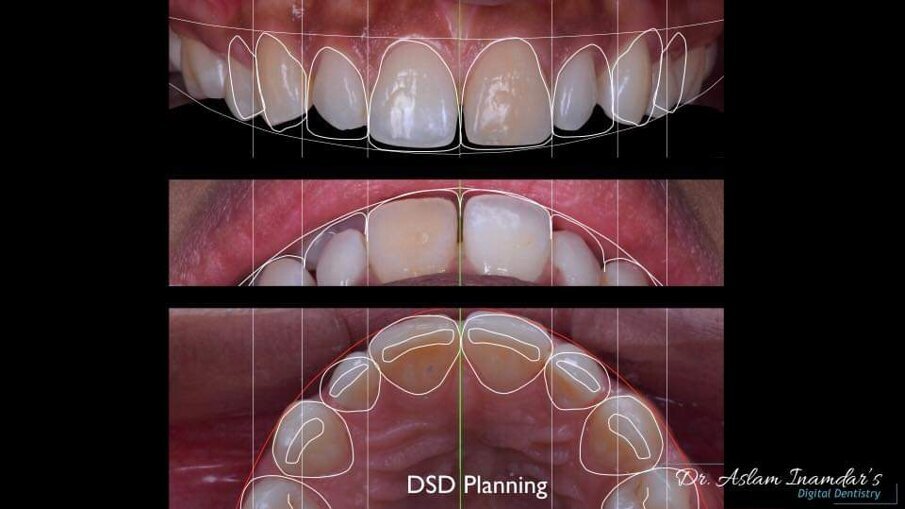




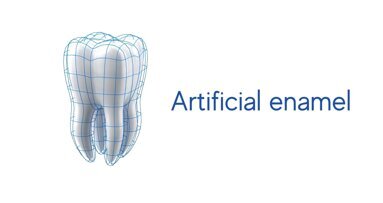
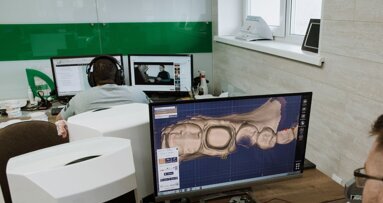
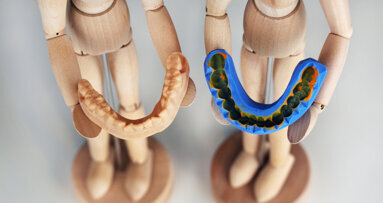
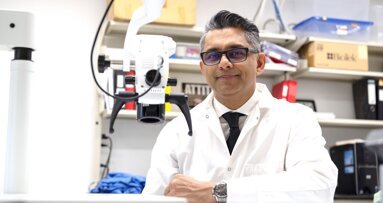





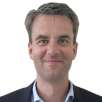












Superbbbb Interviewwww Aslam and Rajeeev….Very inspiring…motivating and informative…kudos.
Thats very encouraging journey and shows the dedication that you have for the Digital Dentistry, which you believe in…
What an amazing Journey Dr Aslam!!
Your enthusiasm and interest to learn digital dentistry is awesome and you inspire so many dentists like me!! A lot to learn from you!!